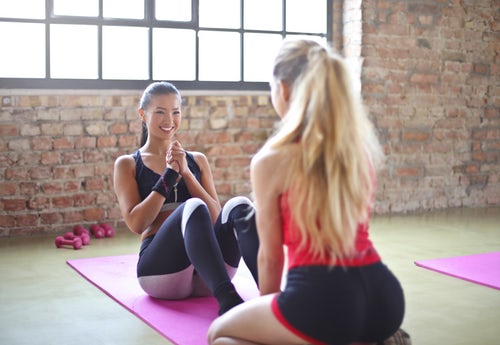The Kettlebell Swing is one of my favorite exercises because of its amazing versatility. It can be used for strength, power, endurance, or as a part of a metabolic conditioning circuit. It strengthens your glutes, hamstrings, and core, and it can help you with various other lifts such as squats and deadlifts. The swing has huge benefits, but there can also be some negative consequences concerning your back if it is done incorrectly. Make sure you can properly deadlift with lighter weights first.
When was the last time you saw an overweight sprinter? Explosive movements such as sprinting and kettlebell swings are a great way to torch fat in a short period of time. When done properly kettlebell swings will leave you dripping in sweat, and have a great afterburn effect, meaning you will continue to burn calories long after your workout is done.
How to: Start with the kettlebell on the floor slightly in front of you as though you are hiking a football. Your knees should be shoulder-width apart and bend at the knees to pick the kettlebell up. Hinging at your hips grasp the kettlebell and pull it back. Using your momentum thrust your hips forward quickly and stand up tall. Let the bell return between your legs and repeat the move.




